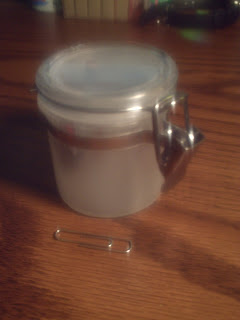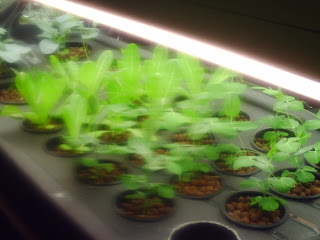Supplies:
- Snow Globe Kit (glass dome, wood base, and snow flecks; I used a "Large" size)
- Distilled Water
- Glue (I used epoxy, caulk/tub sealant does NOT work - it makes the water cloudy)
- Colored Polymer Clay (Premo or other brand from Michael's, etc.)
- Beads?
- Other waterproof details
I got the snow globe kit from snowdomes.com. All the measurements are on their website, but the wooden base I received did not look like the one in their pictures. I took some pictures of my house for reference as I sculpted with the clay. I have read online to be weary of using paint, as sometimes it will degrade and make the water cloudy.
First step:
Make the basic shapes of the house. Then add a consistent layer of snow over the roof. Finally, I've found that adding some simple texture does wonders for the overall appearance. I used a small flat head screwdriver to add horizontal lines to the sides of the building where they is paneling.
Second Step:
Add the details. Windows were little black squares on top of slightly larger white squares. I used the flat of a knife to press the clay into very thin layers. Again, textures really help. I put a white layer on the base for the snowy ground.
Third Step:
Baking! The directions for clays will vary, but mine took about two hours to cook since the house was about an inch thick. The picture below with the pencil shows the scale.
Fourth Step:
Check to be sure that the stiff model still fits inside the glass dome easily. Then use epoxy generously to affix the model to the rubber stopper. I let it dry for several hours. Then invert the dome and fill it with snow and distilled water. I only used about half of the snow, because all of it seemed very overwhelming. Next squeeze the stopper in very gently. Once the overflowed water is dry, use more epoxy to seal the dome completely. When dry, invert and glue into the base. All done!






















































